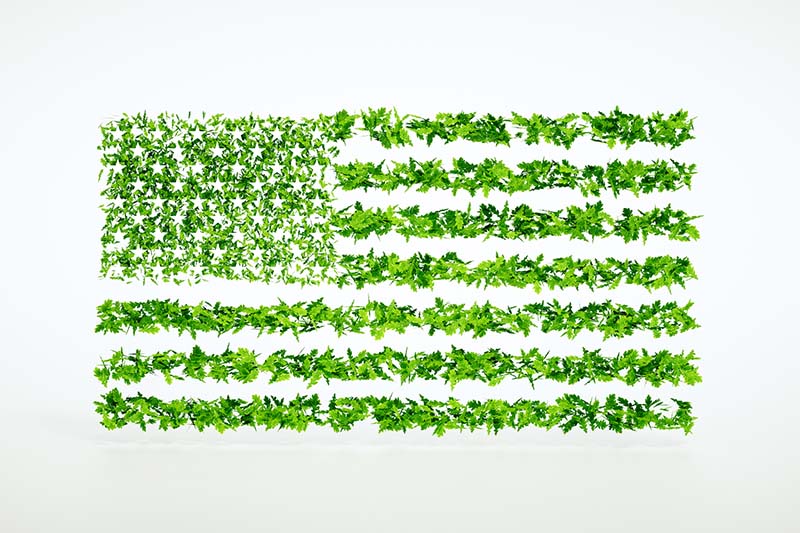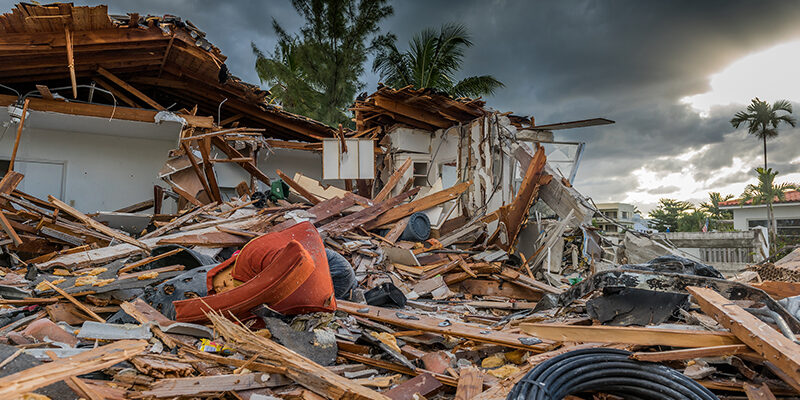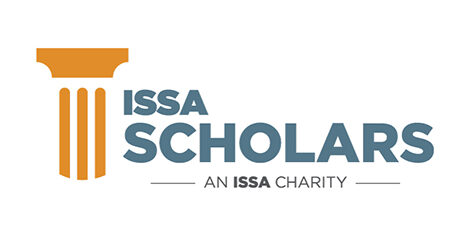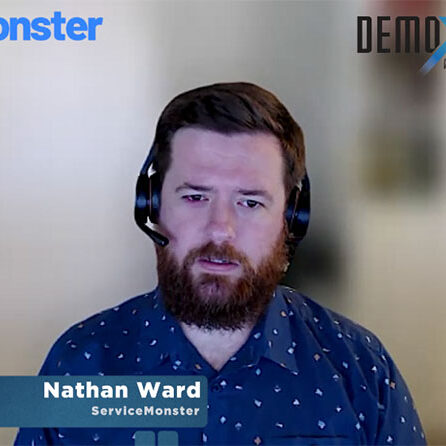What You Should Know About the Green New Deal

WASHINGTON — March 26, 2019 — Last month, Representative Alexandria Ocasio-Cortez of New York and Senator Edward Markey of Massachusetts introduced the Green New Deal, a congressional resolution that outlines a comprehensive plan for addressing both climate change and social issues like racial and economic inequality. According to the New York Times, the primary goal of the Green New Deal is for the U.S. to take a “leading role” in getting the world to net-zero emissions by 2050.
To do this, the plan calls for the federal government to back a series of reforms and projects that would work toward 100 percent renewable electricity nationally while digitizing the power grid, as well as upgrading buildings to be more energy efficient and investing in electric vehicles and high-speed rail to reduce emissions in our transportation system.
The Green New Deal proposes that the government should create high-paying jobs to accomplish these projects and provide job training to the unemployed, especially those who currently work in fossil fuel industries, the New York Times reported. In this way, preparing the nation to address the challenges of climate change becomes a vehicle for addressing other issues like poverty and unemployment.
The plan takes its name from the New Deal of the 1930s, which was a series of laws and federal programs that President Franklin D. Roosevelt used to help the U.S. pull out of the Great Depression. FDR’s New Deal tackled problems on multiple fronts, sending unemployed people back to work through programs like the Civilian Conservation Corps or the Public Works Administration, which in turn improved our infrastructure, as well as passing other reforms like banking bills and the Social Security Act. Similarly, the Green New Deal seeks to address the main problem of climate change through methods that would also impact other societal problems like unemployment, poverty, and racial inequality.
One potential barrier to the Green New Deal is the cost of the plan. According to the New York Times, it’s not possible to say yet precisely what the plan would cost. Supporters agree that it will be expensive, but Representative Ocasio-Cortez asserts that in the end, economic growth will cover the cost of the plan. For example, a 2011 study by the Electric Power Research Institute shows that updating the electrical grid could cost $476 billion, but will reap $2 trillion in benefits, as reported by the New York Times. Supporters of the Green New Deal point to offsets like these to justify the expense. We reported recently on a study showing that climate change itself will cost the U.S. economy as much as 10 percent of its GDP by the end of the century, suggesting there is a cost to inaction as well as to action.
The Green New Deal resolution is nonbinding, meaning even if it passes, nothing actually becomes law. Rather, passing the resolution would represent a commitment on the part of Congress to implement individual bills that would fund the proposed projects and reforms. As the New York Times reports, the Green New Deal is already becoming a dividing issue for the 2020 election as Republicans claim the plan is too radical and Democrats, while not in total agreement about the specifics of the resolution, criticize Republicans for not having a plan of their own to reduce greenhouse emissions. The Senate is expected to vote on the resolution this week.












